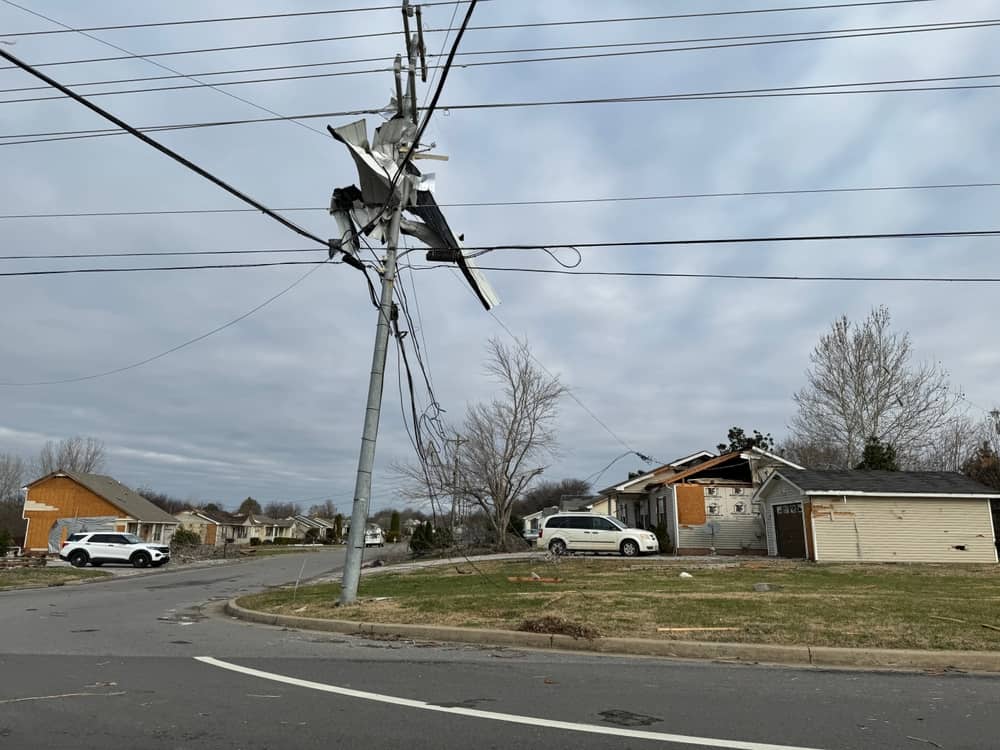
Energy Resilience In The Lone Star State: Generac Generators For Texas Homes
Texans are known for being tough, but that doesn’t stop Mother Nature from messing with Texas when she feels like it. Whether it’s a hurricane […]
Read MoreApril 7, 2015

Before deciding on an emergency home generator, you have to ask yourself just exactly what you want it to do. Will it be used to power the furnace, the lights, and several major appliances during a blackout or the furnace and lights only? Knowing what you will need to operate during a power outage will help you determine the amount of wattage you’ll need – you can ask your local generator dealer to help you here. Alternately, make a list of the appliances you intend to use when the power is out then check the label on each appliance (or the Manual or the manufacturer’s website) to find the amount of both the continuous and the surge wattage each appliance needs. Total the wattage in both columns. Here are a few examples:
| Appliance | Running | Surge |
| 42” Plasma TV (Energy Star Rated) | 280 | 0 |
| Refrigerator / Freezer | 600 | 2200 |
| Electric Range | 2100 | 0 |
| Electric Water Heater | 4000 | 0 |
| Furnace Fan Blower ½ HP | 875 | 2300 |
Now ask yourself whether you need a generator that is portable or stationary. For the purposes stated above, a portable generator will require a transfer switch which can cost as little as $75 and upwards into the hundreds depending on amperage. The beauty of a portable generator is that it’s portable and costs only a few hundred dollars, depending on the size you need. You can take it camping, out to your workshop, and anywhere else you need power. It runs on fossil fuels which means you will need to run it outdoors and refill it occasionally. And, if it is wintertime when the power goes out, you’ll need bundle up, haul the portable generator out of storage, fill it with gas or kerosene or diesel, and hook it up to the transfer switch outside. You’ll then need to run extension cords from the generator indoors to hook up the necessary appliances but only a few. Extension cords mean not being able to close a door or window completely. But all things being equal, portable generators provide you with flexibility if you intend to use it for multiple purposes including emergency power outages.
Stationary home generators, on the other hand, serve one purpose – providing electricity and powering major appliances when the power goes out. The beauty of the stationary home generator is that it runs on clean energy – liquid propane in bottled form or natural gas piped from the local utility company; it is professionally installed; looks very much like a heat pump outside your home; and the “transfer switch” is built in so that, when the power goes out, the generator automatically detects it and transfers power flow from “the grid” to the generator. In seconds, your lights are back on, the furnace or air conditioner continues to run, and you can finish cooking that meal. Stationary home generator costs range from the low thousands and upward, depending on whether you choose to operate a few appliances or the entire home.
The stationary home generator is the perfect choice for the elderly; individuals with health issues that require the constant use of medical equipment; families with small children; and anyone who simply cannot be without power.

Texans are known for being tough, but that doesn’t stop Mother Nature from messing with Texas when she feels like it. Whether it’s a hurricane […]
Read More
Living in Tennessee means you and your family need to be prepared to deal with extreme weather events all year round, especially during our spring […]
Read More
A home backup generator offers peace of mind by ensuring that essential appliances and systems continue to function even during power outages. These electrical systems […]
Read More